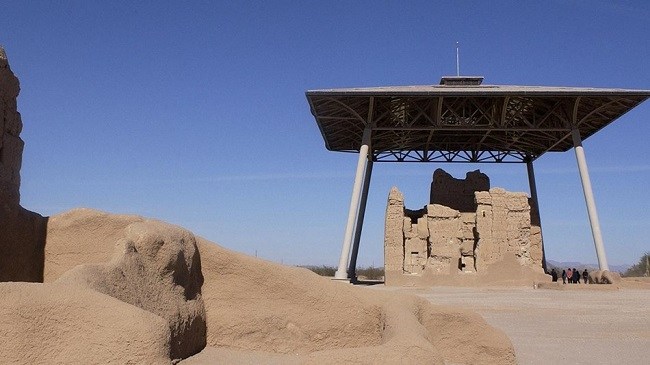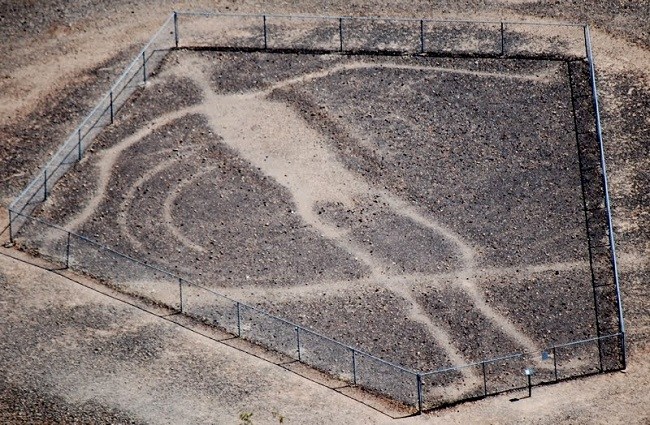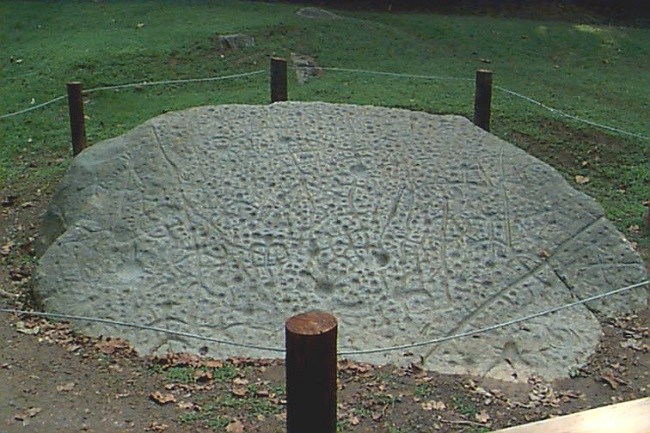2 Casa Grande Ruins, Coolidge, Arizona
Advertisement
Archaeologists are of the opinion that the ruins of Casa Grande in Arizona dated back to the 13th century when builders used adobe. The entire complex was assumed to be made from adobe including a ball court. The nature of the four story central building is also yet to be determined whether it was a guard tower, a place of worship or a grain silo. The site seemed to have been abandoned long after the nearby Hopi Indians moved and much before Columbus stumbled upon America. Today the entire ruins are a national park under federal protection.

Image Source: www.nps.gov
3 The Blythe Intaglios, Blythe, California
Advertisement
The Blythe Intaglios are mysterious geoglyphs of giant figures etched into the Californian Desert dating back between 450 -2000 years ago. The mysterious and intriguing signs are similar to those found in Peru and the largest is near 170 feet long. The amazing fact about these giant signs is that they actually escaped the notice of Californian settlers till 1930 when a pilot flying overhead spotted them from the air. The most likely creators of the site were Mojave Indians but archeologists have no idea how the Indians could have created them and what was their purpose.

Image Source: www.pinimg.com
4 Judaculla Rock, Sylva, North Carolina
Advertisement
The Judaculla rock has been constantly used by the Cherokees as their own personal billboard. There are an umpteen number of petroglyphs etched into the soapstone rock making it difficult for archaeologists to decipher how many there are. The Boulder also has seven largest grooves believed to be the footprint of a mythical legendary giant. Archaeologists, however, attribute the grooves to ancient masons mining the soapstone to make bowls. The Cherokee still view the stone as a religious artifact.

Image Source: www.thomaslegion.net